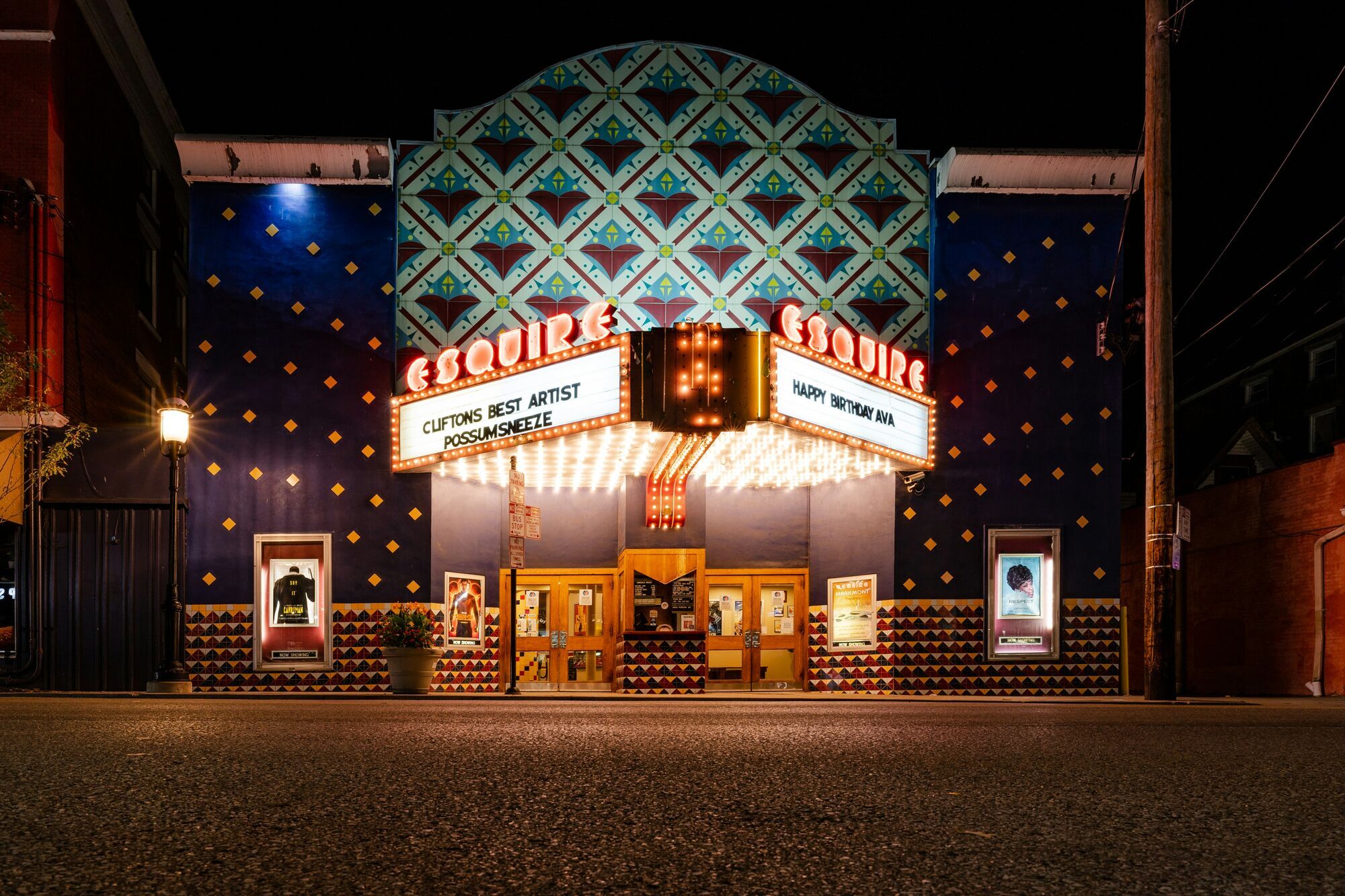Cincinnati's Oktoberfest: A Celebration Rooted in Underground Beer History

When most people think of Oktoberfest, images of Munich’s sprawling beer tents and lively Bavarian traditions come to mind. However, in the heart of America’s Midwest, Cincinnati hosts one of the largest Oktoberfest celebrations outside of Germany, paying homage to the city’s deep-rooted beer culture and German heritage. Beyond the surface of this festival lies a fascinating, lesser-known story about Cincinnati’s underground beer history, which plays an integral role in shaping the city’s identity as a beer capital.
Cincinnati’s Oktoberfest: A Midwest Celebration with Bavarian Flair
Every fall, downtown Cincinnati transforms into a bustling festival ground, attracting hundreds of thousands of revelers eager to embrace the spirit of Oktoberfest. Known as Oktoberfest Zinzinnati, this event has grown to become the largest Oktoberfest in the United States, second only to Munich’s legendary festivities. With its mix of traditional Bavarian music, authentic German food, and, of course, plenty of beer, Cincinnati’s Oktoberfest is a cultural event that brings the city’s German heritage to life.
The festival offers visitors a chance to indulge in classic German fare like bratwurst, pretzels, and sauerkraut, while toasting with steins filled with a wide selection of local and imported beers. But Oktoberfest Zinzinnati is more than just a beer festival—it’s a celebration of community, where visitors and locals alike come together to honor the traditions that have been passed down through generations.
A Beer City Built on German Roots
Cincinnati’s beer history is deeply intertwined with the city’s large German immigrant population, who began arriving in the 19th century. These immigrants brought with them their brewing traditions, and by the late 1800s, Cincinnati had earned the nickname "Beer Capital of the World." At its peak, the city was home to dozens of breweries, many of which were located in the Over-the-Rhine neighborhood, an area that still bears the architectural marks of its German past.
One of the most unique aspects of Cincinnati’s beer culture lies beneath the streets. During the 19th century, breweries constructed vast underground lagering cellars, where beer was stored at cool temperatures long before refrigeration was available. These hidden beer tunnels, which have been rediscovered and preserved in recent years, provide a fascinating glimpse into the city’s brewing legacy.
Today, visitors can explore these subterranean chambers on guided tours, learning about the brewing techniques of the past and the role that beer played in shaping Cincinnati’s economy and social fabric. This underground beer history is an essential part of understanding the city’s identity as a brewing powerhouse.

Reviving Cincinnati’s Brewing Tradition
Like many American cities, Cincinnati’s brewing industry declined in the 20th century due to Prohibition and changing economic factors. However, in recent decades, the city has experienced a brewing renaissance, with craft breweries emerging across the city and reclaiming its beer heritage. Many of these modern breweries draw inspiration from the city’s German roots, crafting lagers and other traditional styles while experimenting with contemporary flavors.
Breweries like Rhinegeist and Taft’s Brewing Company are at the forefront of this revival, offering visitors a taste of Cincinnati’s rich brewing tradition with a modern twist. For beer enthusiasts, a trip to Cincinnati during Oktoberfest is not complete without visiting some of the city’s local breweries, which continue to honor the past while pushing the boundaries of what beer can be.
The Underground Beer Tunnels: A Hidden Gem for Travelers
One of the most intriguing aspects of Cincinnati’s beer culture is its underground beer tunnels, which remain relatively unknown to many tourists. These tunnels, built in the 19th century, were essential for the city’s lager production, as they provided a cool, consistent environment for fermenting and aging beer. Today, these tunnels offer a fascinating window into the city’s brewing history, and visitors can explore them on guided tours that reveal the hidden world beneath Cincinnati’s streets.
The tours offer a mix of history and adventure, taking travelers through dimly lit passages that once housed barrels of freshly brewed beer. It’s a chance to step back in time and experience firsthand the ingenuity of Cincinnati’s early brewers, who played a crucial role in making the city a beer capital. As part of the tour, visitors also learn about the city’s German immigrant population, whose influence shaped much of Cincinnati’s culture, architecture, and, of course, its beer.
Oktoberfest and Beyond: Discovering Cincinnati’s Modern Beer Scene
While Oktoberfest Zinzinnati remains the highlight of Cincinnati’s beer calendar, the city’s beer culture extends well beyond the festival. Year-round, visitors can explore Cincinnati’s modern brewing scene, which features a growing number of craft breweries, beer gardens, and taprooms. From traditional German lagers to experimental brews, Cincinnati’s breweries offer something for every beer lover.
For those looking to dive deeper into the city’s brewing culture, the Brewers’ Heritage Trail is a must-do. This self-guided tour takes visitors through Cincinnati’s historic brewing districts, highlighting key sites and providing insight into the city’s beer legacy. Whether it’s learning about the history of lagering cellars or sampling the latest creations from local brewers, the trail offers a comprehensive look at how beer has shaped Cincinnati’s past and present.



















